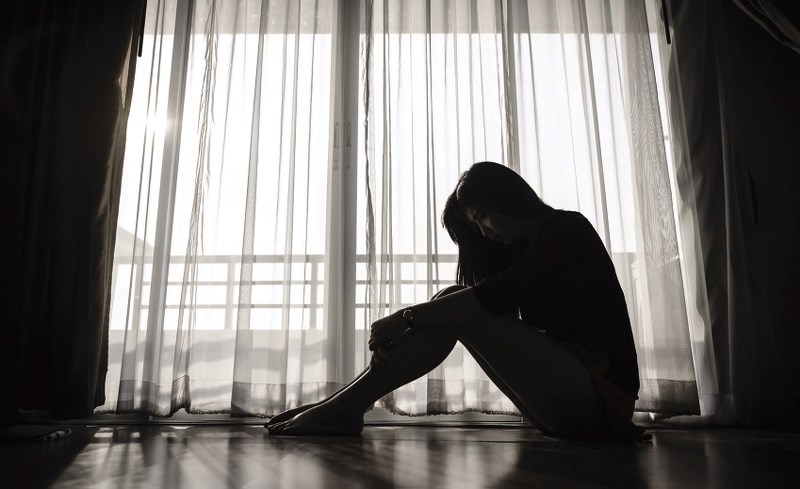Anywhere from two to six per cent of Canadians will be affected by seasonal affective disorder (SAD) in their lifetime.
SAD is a subtype of clinical depression that affects a person's mood in autumn and winter months and, because of this, is also known as winter depression or seasonal depression.
“It happens year after year to some who are more susceptible to it,” said Dr. Tharine Van Deventer of the Bonnyville Healthcare Centre and family physician at the Bonnyville Medical Clinic.
Experts believe the cause is linked to lack of sunlight, which could be altering someone's biological clock, or affecting serotonin, a brain chemical that affects mood.
“It's caused by the lack of sunlight exposure, lack of vitamin D through the sunlight which leads to decreased serotonin levels in the brain that can lead to depression,” explained Van Deventer, adding it can also lead to decreased melatonin levels which results in decreased sleep.
“Decreased sleep leads to increased stress and that can lead to depression as well.”
Those suffering from SAD may experience grumpy, moody or anxious behaviour, a loss of interest in usual activities, eating or craving more carbohydrates, weight gain, trouble concentrating, and over sleeping but always feel tired.
“SAD is a very good term for it, because they can feel sad, or depressed most days of the week,” Van Deventer said. “Sometimes even as bad as having suicidal ideation.”
These symptoms are often noticed in September or October, and change come April or May.
Ways of combating SAD are staying active, spending time outdoors, eating healthy, getting more sunlight, using light therapy, and speaking to a physician regarding symptoms.
There are different extremes of SAD, said Van Deventer, adding for those who are still functioning on an everyday basis, they could opt for increasing their vitamin D intake.
There are several ways someone can increase their vitamin D, including ingesting it in pill or drop form.
Van Deventer recommends increasing exercise and time outside, ensuring a full night's sleep, and decreasing stress levels.
“If that's not working, then try mental health psychotherapy, and then consider medication,” she added.
When attending a family physician writing down symptoms and including any personal information as well as a list of medications and questions is a way of ensuring no information is left out.
Light therapy is another option when it comes to combating seasonal affective disorder, and includes a certain type of light bulb, which is recommended by Van Deventer prior to taking the medicinal route. The light therapy helps balance serotonin and melatonin levels in the body, and helps balance the body's biorhythm.
“It helps people sleep better, and it is a form of treatment without going to medication.”
Studies have shown that people living in northern areas are also more likely to experience SAD than those living in warmer and sunnier regions. Adults are more at risk for developing SAD than children or teens, with women being eight times more likely over men.
Van Deventer said anyone is susceptible to SAD; however women are more at risk of suffering from seasonal depression due to hormone levels.
“Women are more affected, that is what studies show. I think our hormone levels are probably more sensitive to things like that perhaps.”
She continued, adding women tend to be more irritable when suffering from depression, a symptom not always visible in men suffering from the same mental illness.
Those suffering from SAD often have a family member who has suffered from the illness itself, or a stem of depression.
“That is probably due to genetic predisposition, but it's not only that, there are multiple things. Genetic predisposition, stress factors, and lack of sunshine and the same life style as that family member also plays a role,” explained Van Deventer.



